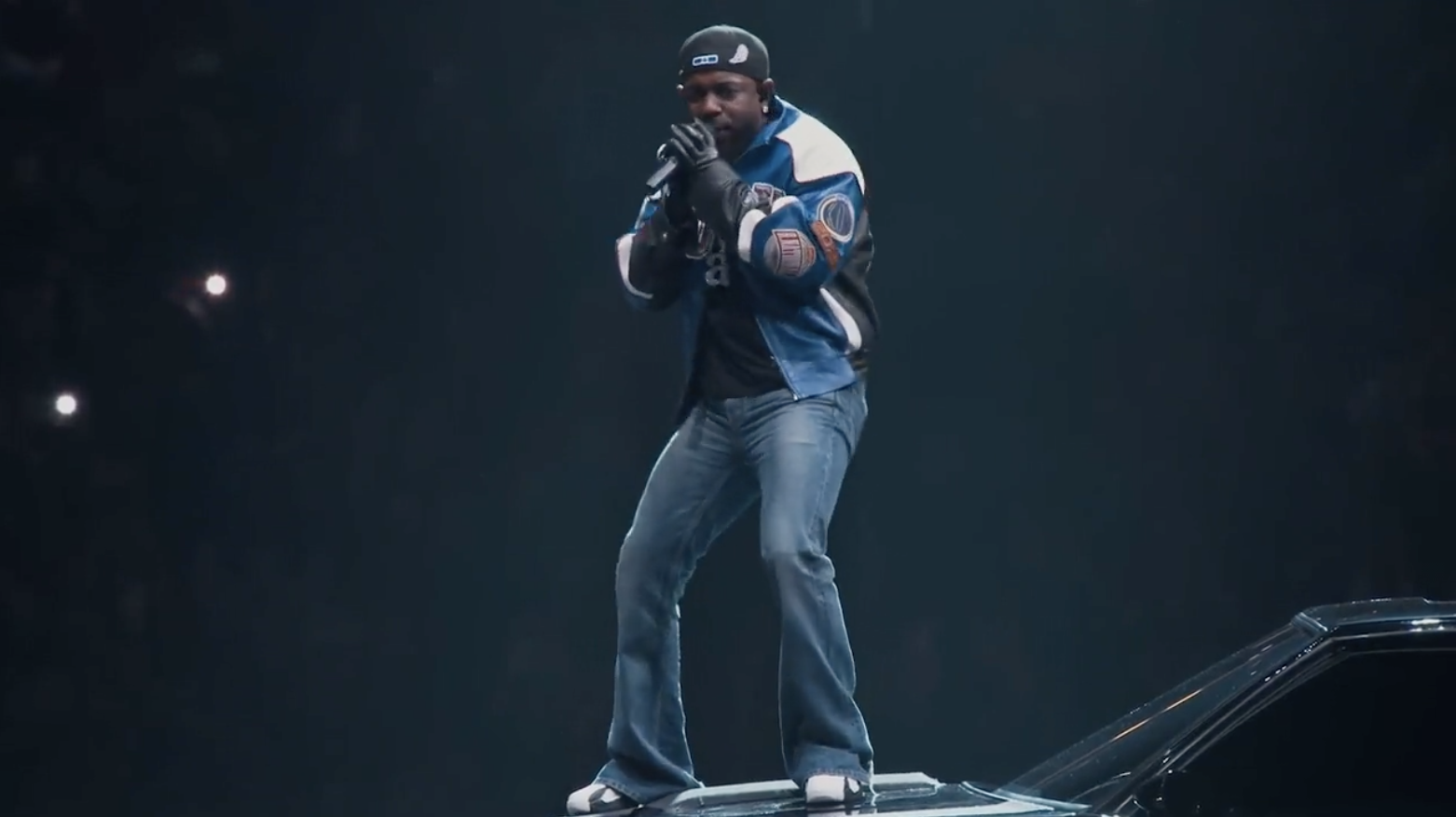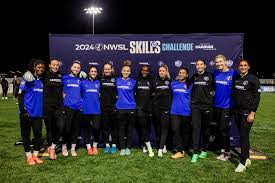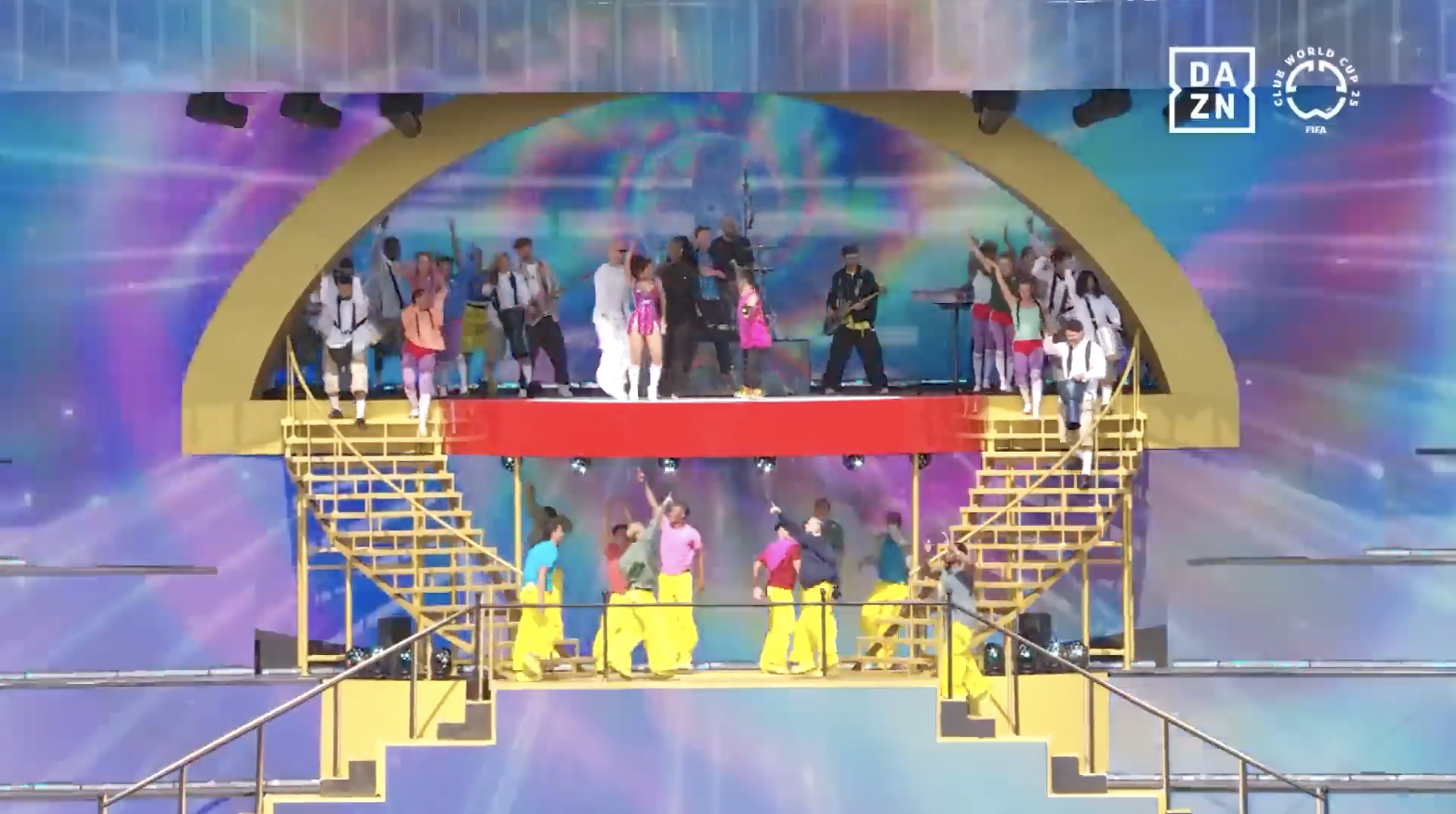SVG LIVE! Conference Explores the Tech Side of Sports and Entertainment Convergence
Live sports and music productions increasingly share gear and infrastructure
Story Highlights
It was WWE/WWF founder Vince McMahon who created the portmanteau term “sports entertainment” in the 1980s as a marketing slogan. In the decades since, the crossover genre has reached new heights as live in-venue performances and entertainment elements have become ubiquitous at major sports events. Not only is sports is becoming more entertainment-centric, but the two increasingly share production technologies and techniques on combined events.
Parallels to Music Festivals

Scott Rehling, L2 Productions president and founder inside the company’s Austin-based REMI facility.
At last week’s SVG LIVE! Sports & Entertainment Production conference, L2 Productions President Scott Rehling noted that music festivals, the largest and most complex live productions in that domain, have been deploying some of the same remote-production techniques as broadcast sports. For example, L2 has been handling much of the production, including camera routing and audio mixing, from its facility in Austin, TX.
“At the venue,” he explained, “all we have is the acquisition side of things: cameras, shading, audio equipment, etc. We transport everything to our facility in Austin and try to do all the rest of the production from there. In the case of the music industry, we’ve been able to leverage that concept to change how these big music festivals are handled in terms of production and particularly the live broadcast. That was always traditionally done by rolling big trucks into the festival grounds’ truck compound and running miles and miles and miles of fiber all over these big festival grounds to bring the camera feeds to the truck. We’ve basically eliminated all that.
“What we do now,” he continued, “is bring in simple flypack camera systems and do the switching there at the stage. Those line cuts go up on the screens for the I-MAG show, but now we [also] transport those line cuts back to our studio to curate the broadcasts. We’re basically eliminating a lot of the cost structure: no trucks. A large portion of the crew is working out of our facility in Austin with no travel expenses. And we’re eliminating a lot of that fiber infrastructure onsite, which is time-consuming and expensive. At the end of the day, it’s a huge cost saving, and it’s also proving to be more reliable.”
The Nuts and Bolts of Combined Events
Melding music and sports in the venue is no easy task, as NHL EVP, Entertainment, Bob Chesterman, noted at the conference.
“We try to make it the experience for the fans and mainly for the artists, like it’s more a stop on tour,” said NHL EVP, Entertainment, Bob Chesterman. “They’re on there for three songs, but you see the [full] production. The challenge is getting the right artists, but having them perform in that [sports environment] is key.”
He ticked off various constraints on music performances, particularly the brief time allocated to rehearsals to set sound and lighting cues. Preparations that might normally take two days have to be compressed into as little as a few hours.

Funicular Goats worked on the Kendrick Lamar halftime show at this year’s Super Bowl.
Aaron Cooke, partner at Funicular Goats, which worked on the Kendrick Lamar halftime show at this year’s Super Bowl and on the Beyoncé Bowl, pointed out the importance of adding a cinematic edge to music events for sports. “Our approach has always been camera first. We’re cinematic multicam, and we utilize the cinematic capture as a tool to enhance the storytelling. It was something that I was able to lean into and learn how we could take cinematic tools but incorporate them into a live broadcast, how cinematography could enhance all the visual storytelling.”
Ushering in an Era
Kevin Dobstaff, executive producer, live/broadcast events and sports, Emerald City Productions, which consults on entertainment productions to the NBA, reported on a milestone in sports/entertainment that he oversaw during his nearly 30 years with the league: the February 2010 Usher performance at Cowboys Stadium in Arlington, TX, during the halftime show of the NBA All-Star Game. Usher belted out the hit songs “More” and “Yeah!” and performed during the player introductions. Also featuring performances by Alicia Keys and Shakira, the halftime show is regarded as helping turn the annual game into a weekend-long event.

The NBA has embraced entertainment for its All-Star Weekend festivities, including Ariana Grande headlining the Halftime Show with Nicki Minaj in 2015.
“It was one of the first big events they had there. We had 107,000 people attend that event,” he said. “I was able to work with the team, work with [rigging company] Tate Towers and build out the performance stage. He noted that the entire production consumed a relatively small part of the field. Subsequent shows would only get bigger.
The experience ultimately translated to arena-scaled venues for the NBA.
“The challenge for us is working in that smaller venue,” Dobstaff said. “In 2010, we had a big stage and a big court in the middle of the venue, able to do basketball and entertainment to the full extent for that whole period. Fast forward to 2011, going to L.A., and I had to go to the team and say, Guys, I need a concert stage in the venue. Basically, the challenge evolved into, how do you have a major sporting event and a concert in a small arena-size venue at the same time? We got over a lot of those challenges over the last 15 years or so, and now we’re able to pull that off, a lot of rigging challenges and camera-position challenges and everything else.
“I think the big thing I’ve also noticed is seeing the athletes with all of our player introductions now,” he continued. “Everybody talks about halftime, [but] we’ve leaned into trying to feature the athletes as part of this. I think athletes want to be entertainers; entertainers want to be athletes. I think to make that connection with sports and entertainment is critical for us, and we’re always working with players to try to find ways to amplify them as well to get [their] buy-in.”
New League, New Shows
Brian Gordon, SVP/executive producer, National Women’s Soccer League (NWSL), spoke to the challenges of accelerating the mergence of play and entertainment for a relatively new league, suggesting — only half-jokingly — that the NFL and NBA budgets for these kinds of events are a goal for the young league. But he also suggested that the league has its own big ambitions.

NWSL holds a Skills Challenge as part of its Championship Week.
“This is what we want to be as a league,” he explained. “We’re essentially four years old as a commercial property. As we’ve grown, we started our skills competition a couple of years ago in San Diego, and [now] we have skills challenges as part of our Championship Week.
“As an emerging property,” he continued, “our goal is to do what every single one of these other properties is doing at that same scale, but you have to start somewhere. We have our first award show next Wednesday, and we know that we need to have that entertainment, that pop culture, to be able to grow our brand to be able to sell. Sponsors drive a lot of this and these types of properties that we’re creating. The skills competition is the start, and I can’t wait to come back here in three or four years and have [had] Beyoncé and Chance the Rapper singing at halftime of our NWSL championship.”
Broadcaster Buy-In
The overwhelming consensus appears to be that entertainment, particularly music, is now fully integrated into sports productions and that it brings a new set of considerations for both live events and broadcasts.
“I think our earlier challenge that we finally overcome was trying to convince the broadcasters to take the full performance because you’re paying the artist and you want do the full performance,” Chesterman said. “I think we’ve gotten past that and they all see how adding the entertainment is [attracting] a lot of casual viewers who don’t want to see [just the game].” He pointed out the value of choosing local music talent for game events, noting the appearance of Chicago favorite Smashing Pumpkins at the NHL 2025 Winter Classic at Wrigley Field.

Done + Dusted produced this year’s FIFA Club World Cup halftime show, among other productions.
Meanwhile, entertainment has stakeholders whose particular requirements have to mesh with game production.
“I think you have to go into it knowing you are a small piece of a much bigger machine,” agreed Guy Carrington, executive creative director, Done + Dusted, which produced this year’s FIFA Club World Cup halftime show, among other productions.
NWSL’s Gordon emphasized that the same technology considerations that apply to the game itself are just as critical for the entertainment segments. “What can we do technologically to help enhance the authenticity of the event? How close can we get our cameras? Where can we put the cameras? Who can we mike? How can we mike them? Those things are key, I think, for all of us but especially with something that’s an athletic performance where there’s prize money on the line. You want to make sure that it is credible and the players are also enjoying it and want to participate.”
SVG’s Jason Dachman contributed to this article.
